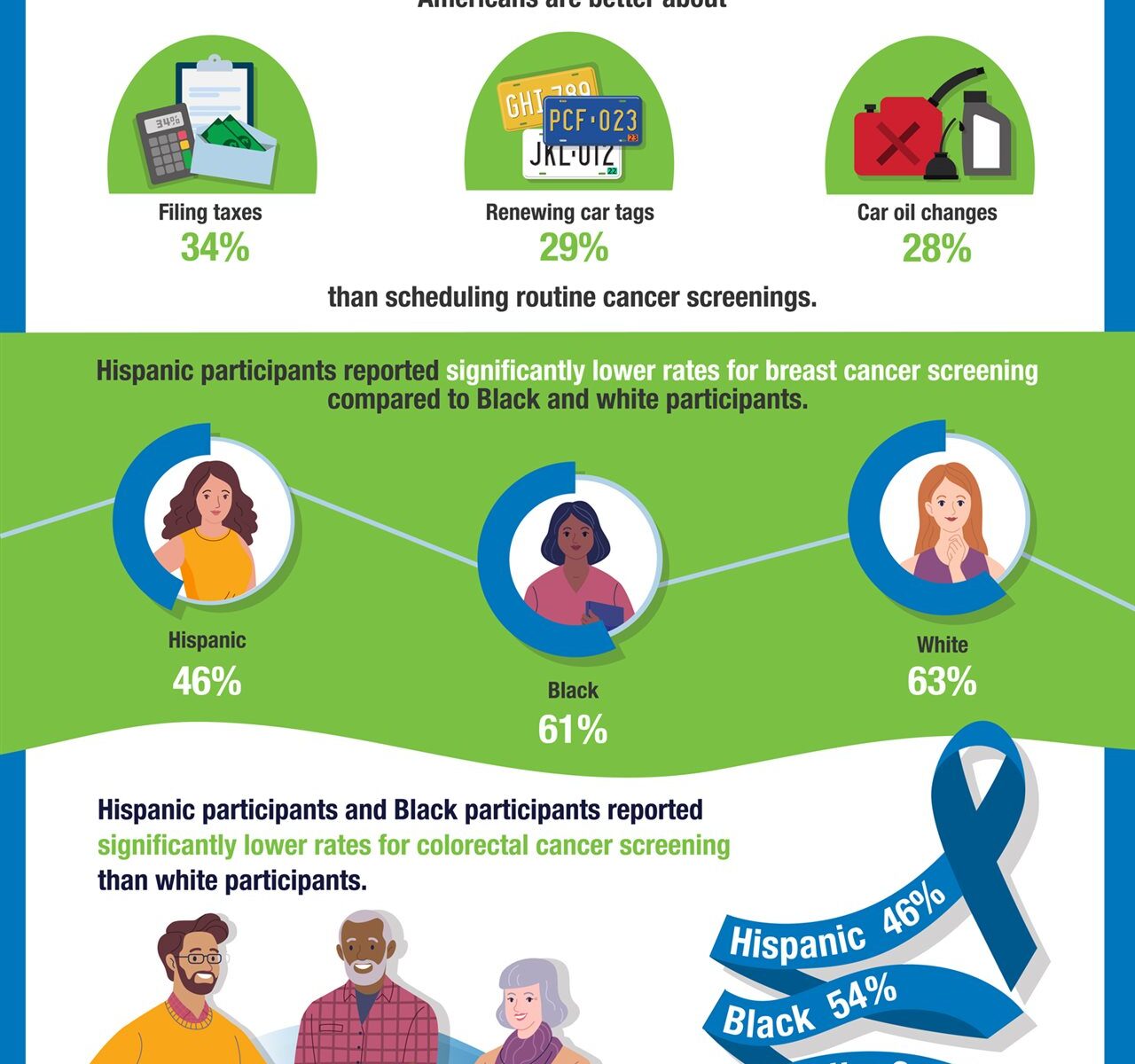2023-02-27T10:41:00

(BPT) – Life after 50 is a huge milestone worth celebrating. It’s also a great time to shift your mindset and reflect on how your body is changing and what you’ll do to stay ahead of potential health challenges.
As you enter this next stage in your life, focus on how you can thrive now and in the years to come. THRIVE@50+ is a national public health campaign that aims to raise awareness among people age 50+ about their risk for shingles due to the natural aging of the immune system, and about the impact the disease can have on everyday life. To help you make the most of your 50s, check out these five tips to keep you thriving now and beyond.
1. Be a lifelong learner

Cassandra, 62, Shingles and GSK Advocate. Cassandra experienced shingles in her 50s. Today she is thriving and enjoys learning about history and using what she learned to help her write poetry.
An excellent and exciting way to invest in your cognitive, mental and social health is to continue learning new subjects and skills as you age. According to a 2021 study published in the Delaware Journal of Public Health, lifelong learning opportunities help to fight cognitive decline like dementia by increasing mental stimulation and social interaction.1
There are many ways you can be a lifelong learner. Whether you want to study an academic subject, learn another language, acquire a new practical skill or try a new sport, you’re investing in your health as you age.
Some examples of lifelong learning opportunities include:
- Learning to play guitar or another instrument
- Taking a culinary or wine-tasting class
- Enrolling in a medieval history course
- Taking on a new hobby like pottery
- Learning a new language
- Learning and practicing meditation
Check out your local university, community college or recreational center, as they offer classes through continuing education departments and other learning opportunities for nontraditional students.
2. Proactively protect your health

A critical aspect of thriving at 50 and beyond is to be proactive about your health. Proactively protecting your health means having regular checkups and getting ahead of health conditions before they become a problem. This is especially important as you age. Your body changes as you age, including your immune system, increasing the likelihood of experiencing certain conditions like shingles.2
Shingles (herpes zoster) is a disease that usually takes the form of a painful rash on one side of the body or face. A majority of people who develop shingles rashes describe aching or burning sensations.3 This debilitating disease has the potential to keep you from living your everyday life for several weeks. People may also experience long-term effects following shingles, including long-lasting pain, called post-herpetic neuralgia (PHN).3 The pain from PHN can be debilitating, persistent and may disrupt daily life, including your ability to participate in activities including work, hobbies, sleep and social interactions.
According to the Centers for Disease Control and Prevention (CDC), about 1 in 3 people in the U.S. will develop shingles over the course of their lifetime.4 If you’re one of the approximately 99% of adults over 50 years old who has had chickenpox, that same virus can reactivate years later, causing shingles.4
Feb. 27-March 3 is Shingles Awareness Week, a great time to remember that in order to keep thriving, you should talk with your doctor or pharmacist about your risk of shingles and vaccination.
3. Make time to travel

Travel isn’t just a leisure activity. It’s also a way to relax and invest in your health as you age. According to Forbes, people who travel frequently are more satisfied with their health and well-being. Vacationing can also boost creativity and productivity.5
When you think of travel, you may picture a tour of Europe, but there are plenty of travel opportunities not far from where you live. Visit a nearby town or state and check out what they have to offer. It may end up becoming a frequent day trip or weekend getaway you can easily take. Whether you drive to a nearby city or fly to another state or country, you can create new experiences and maybe even make lifelong friends.
4. Try new physical activities

Staying active is critical to thriving at any age and has many benefits as you get older. According to the CDC, physical activity can help you6:
- Maintain your independence
- Reduce the risk of falling and fracturing bones
- Reduce blood pressure
- Improve stamina and muscle strength
- Control joint swelling and the pain of arthritis
- Improve mood and feelings of well-being
Staying physically active isn’t as challenging as it may seem. Simple activities like walking, gardening and yardwork are easy ways to get movement into your day.
Whether you join a bowling league, get back into swimming, try yoga or learn squash, you can incorporate physical activity into your life, and you may make new friends along the way.
5. Expand your palate

It’s easy to stick with foods we know and love. However, trying new dishes and cuisines can be exciting and expand your palate. According to Cleveland Clinic, diversifying your foods can lead to many health benefits.7
If you’re a home cook, look up a new recipe to try each week and see if you and your family enjoy it. If so, you’ll have a new meal to add to your rotation. You can even look for dishes from other cultures. Find out how to make them and do a little research about the ingredients and history of the recipe. Not only will you have a new meal to try, but you’ll also have fodder for dinner conversations. If you enjoy eating out, take time to research restaurants in your area that are new or ones that you’ve never thought to try before.
Using these five tips, you’ll be on your way to enjoying your 50s by investing in your health, rediscovering who you are and gaining a new perspective on life. To learn more and join others across the U.S. who are committed to thriving at 50+, visit Facebook.com/Thriveat50.
References
- National Library of Medicine. Delaware Journal of Public Health. Reviewed September 2021. Accessed February 8, 2023. Available at: https://www.ncbi.nlm.nih.gov/pmc/articles/PMC8482992/#:~:text=Learning%20Lifelong%20Can%20Reduce%20the,their%20risk%20for%20cognitive%20decline.
- CDC. Shingles (Herpes Zoster). Clinical Overview. Reviewed October 5, 2020. Accessed February 8, 2023. Available at: https://www.cdc.gov/shingles/hcp/clinical-overview.html
- CDC. Shingles (Herpes Zoster). Signs & Symptoms. Reviewed July 1, 2019. Accessed February 8, 2023. Available at: https://www.cdc.gov/shingles/about/symptoms.html
- CDC. About Shingles (Herpes Zoster. Reviewed June 26, 2019. Accessed February 8, 2023. Available at: https://www.cdc.gov/shingles/about/index.html
- Forbes. Why Traveling Is Good For Your Health. Reviewed August 7, 2018. Accessed February 8, 2023. Available at: https://www.forbes.com/sites/forbestravelguide/2018/08/07/why-traveling-is-good-for-your-health/?sh=dd0c7b6371dc
- CDC. Physical Activity and Health. Reviewed November 17, 1999. Accessed February 8, 2023. Available at: https://www.cdc.gov/nccdphp/sgr/olderad.htm
- Cleveland Clinic. Health Essentials. 4 Exciting Reasons to Rotate Your Foods. Reviewed January 6, 2021. Accessed February 10, 2023. Available at: https://health.clevelandclinic.org/eating-the-same-thing-every-day-4-reasons-to-increase-variety/
























